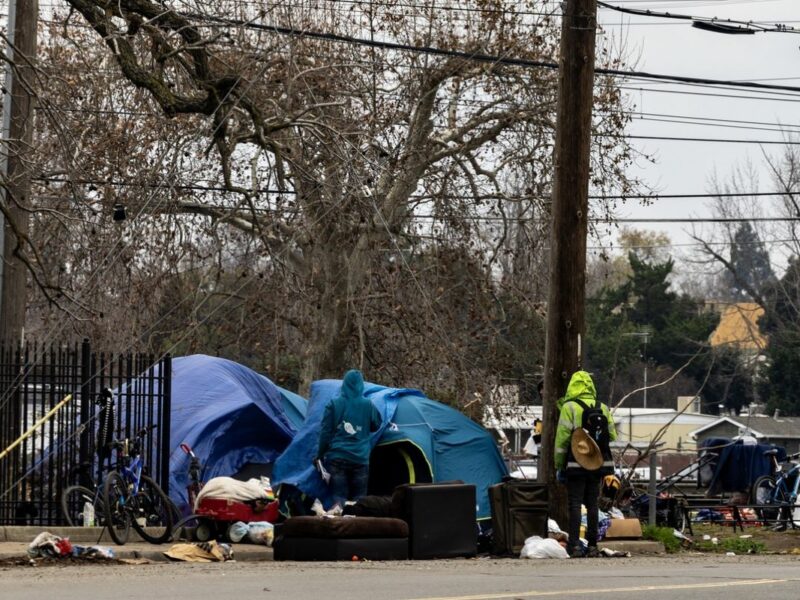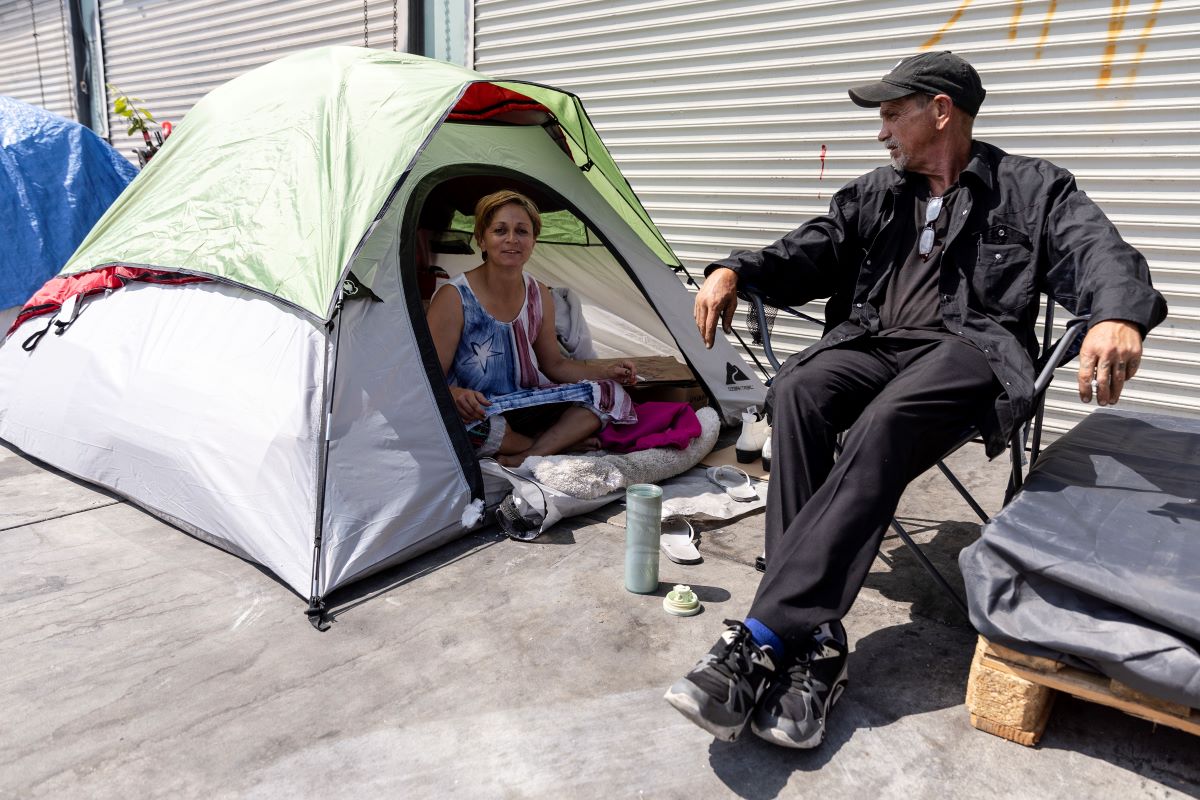Interview with Dr. Margot Kushel on the Importance of Representative Samples in Researching Homelessness
A landmark new study by the University of California San Francisco Benioff Homelessness and Housing Initiative paints a radically different picture of homelessness in California than the one often portrayed in the media.
While most studies of homelessness simply seek to quantify the issue through snapshot counts or using census data, Dr. Margot Kushel, the BHHI principal investigator for the study, told Invisible People that her team sought to capture the experiences of all people aged 18 years and older who experience some form of homelessness in the state.
To do that, the team collected a representative sample by interviewing 3,200 unhoused individuals in California, including 365 in-depth interviews between October 2021 and November 2022, according to the study’s summary. This made it the most significant representative sample study conducted in the U.S. in nearly three decades.
“It took a lot of time and was a lot of work, but we wanted to be able to show policymakers what this issue looks like instead of just giving them more numbers to look at,” Kushel said.
Representative samples can also offer a few benefits to academics or policymakers when studying issues like homelessness, Kushel added.
Representative Samples Help Remove Biases from Studies
One of the key benefits of using a representative sample is that it helps eliminate bias from studies, Kushel said.
Sometimes, studies use small samples of people who fit certain characteristics and then try to extrapolate the conclusions drawn as representative of everyone’s experience of homelessness, she added. This practice, also known as Sampling Bias, can lead to outcomes that systematically favor specific outcomes.
Numerous studies purport to show that a majority of unhoused people are either mentally ill, addicted to drugs, or are lazy and do not want to work. Even though most of these studies suffer from a sampling bias, they are still used to create narratives that justify the ill-treatment of unhoused people and the criminalization of homelessness nationwide.
However, the BHHI study found that these narratives are untrue. It found that 90% of participants lost their housing in California despite the popular narrative that unhoused people migrated to California because of the nice weather. The study also found that half of the participants were actively looking for work, even though some people believe unhoused people just want to lay around outside all day.
Highlight the Human Experience
The ability to highlight the human experience is also an important benefit of using a representative sample, Kushel said. “This approach allows you to understand the ‘why’ behind their situation,” she added.
For example, the study shares the story of Carlos, an unhoused individual who suffered a spinal injury when he fell off a ladder at work. Since he was paid under the table, Carlos lost his home because he couldn’t receive worker’s compensation. While unhoused, he lost his truck after receiving several parking tickets. Carlos now lives in an encampment near City Hall in Los Angeles, according to the study.
The study also shared testimonies from people who were non-leaseholders at the time they lost their housing, which means they were doubled-up with another family. This living arrangement speaks to the fact that a lack of affordable housing is the primary driver of homelessness, not drug use or laziness.
More Comprehensive Conclusions
Using a representative sample can also help researchers, academics, and public policy officials draw more comprehensive conclusions about issues such as homelessness, Kushel said.
For instance, the BHHI study was able to unearth trends regarding the forms of trauma that unhoused folks most commonly experience, which can go a long way to helping service providers design programs to meet the needs of unhoused people. But it also found data points that Kushel said helped the study speak to a wider audience.
One example she pointed to is that half of the study participants reported being willing to work but could not find a job. At the same time, participants reported that their “age, disability, lack of transportation, and lack of housing” all interfered with their ability to work, the study found. Those are all issues that everyday people face, Kushel said.
How You Can Help
Now is not the time to be silent about homelessness in California or anywhere else. Unhoused people deserve safe and sanitary housing just as much as those who can afford rent or mortgage.
Poverty and homelessness are both policy choices, not personal failures. That’s why we need you to contact your officials and tell them you support legislation that:
- Streamlines the development of affordable housing
- Reduces barriers for people experiencing homelessness to enter permanent housing
- Bolsters government response to homelessness
Together, we can end homelessness.











